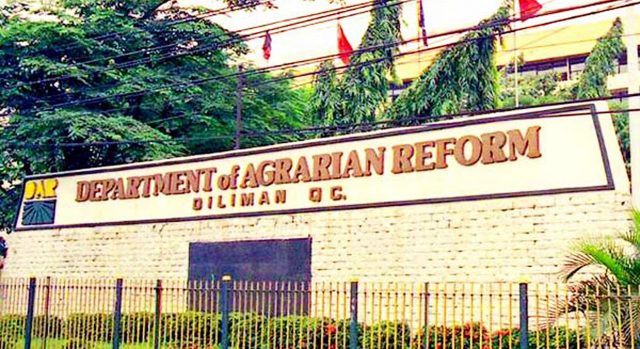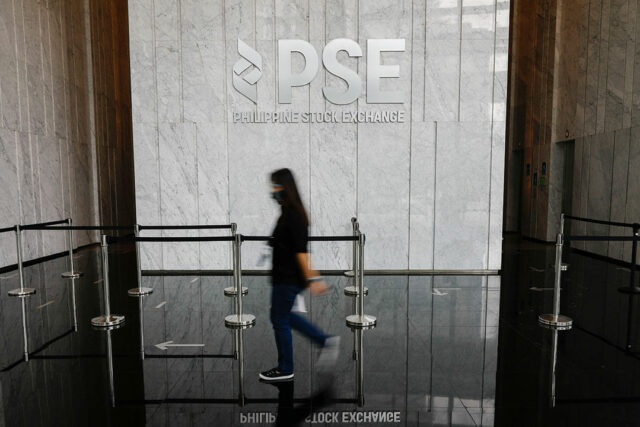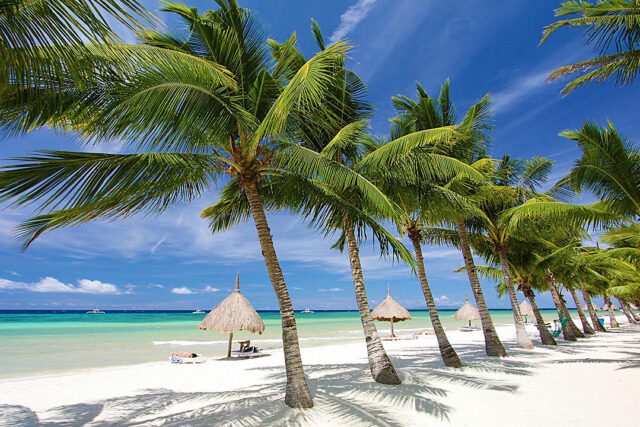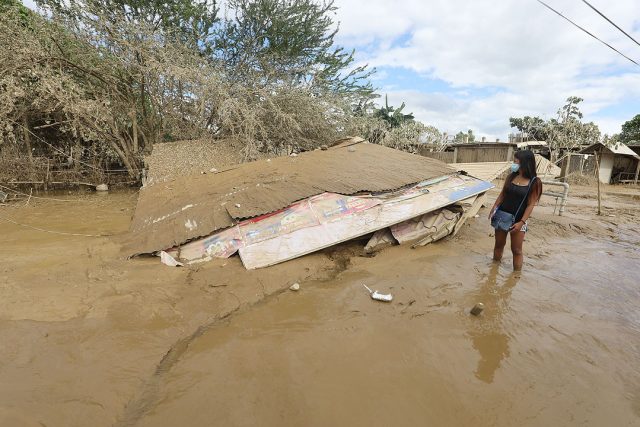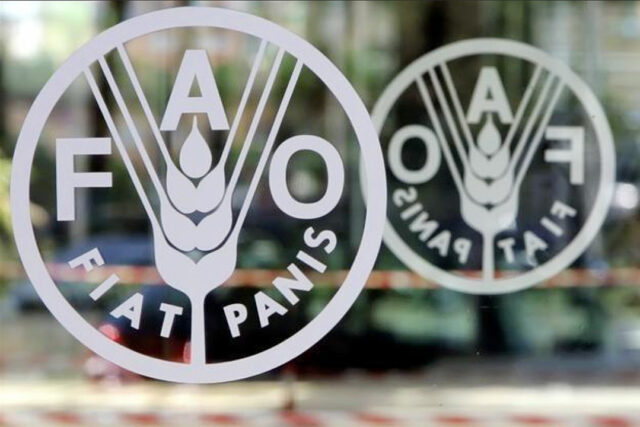THE Food and Agriculture Organization (FAO) said that it is seeking to expand its anticipatory action (AA) project in the Philippines.
“We’re working very closely with the Department of Social Welfare and Development to be able to scale up our pilot anticipatory action work in three provinces,” FAO Social Policy and Program Coordinator Ruth Honculada-Georget told BusinessWorld on the sidelines of a forum at the Asia-Pacific Ministerial Conference on Disaster Risk Reduction.
“So right now, it’s just limited. But FAO is planning,” she added.
Since 2021, the FAO, an arm of the United Nations, had been conducting simulations in disaster-prone regions of the Philippines.
The FAO said AA covers measures taken to reduce the humanitarian impact of expected disasters before they happen or before its acute impacts can be felt.
The FAO had also partnered with the Department of Agriculture (DA) to address food insecurity and protect the livelihoods of farmers and fisherfolk from natural disasters.
She added that the Philippines needs more risk information, early warning systems and a reliable information system to reduce crop losses from climate-related risks.
Agricultural production had been affected by the recent El Niño, where cropland endured droughts and dry spells.
La Niña, meanwhile, increases the chances of tropical cyclone activity in the coming months.
“We need to be better in not just understanding the forecast but communicating that information to our farmers so that they can prepare better… even local government units who really are there at the frontlines to help farmers,” she said.
The DA, FAO, and PAGASA, the government weather service, will pursue a seven-year project seeking to promote climate resilient agriculture.
The project will be rolled out in the Cagayan Valley, the Cordillera Administrative Region, Bicol, Northern Mindanao, and Soccsksargen, covering nine provinces and 100 municipalities.
Ms. Honculada-Georget added that the FAO will continue to work with the government and civil society organization to bring in technical expertise to scale up the program.
“It’s the government that has the resources to reach the most vulnerable and poorest households in at-risk areas,” she said.
She added that financial constraints continue to hinder the wider adaption of AA.
“There’s a lot of challenges in the sense that when you talk about financing, the knee-jerk reaction would be that (it) is not enough,” Ms. Honculada-Georget said.
According to an FAO report, the Philippine government has been making policy and legislative changes to enable local governments to access their Quick Response Fund on the declaration of an imminent disaster.
“From our end, it’s important for us to recognize that the challenge may seem like it’s just the financing, but it’s more about having the systems, the laws in place to make available those resources,” she added.
Legislators have filed bills seeking to establish a mechanism to ensure AA measures are in place ahead of natural disasters. Senate Bill No. 2643 was filed in April, while a similar bill was filed before the House of Representatives in February.
The Philippines is among the top countries most prone to climate risk disasters, according to the World Bank. The country experiences about 20 tropical cyclones each year. It is also located within the Pacific Ring of Fire, an area with active seismic activity. — Adrian H. Halili

